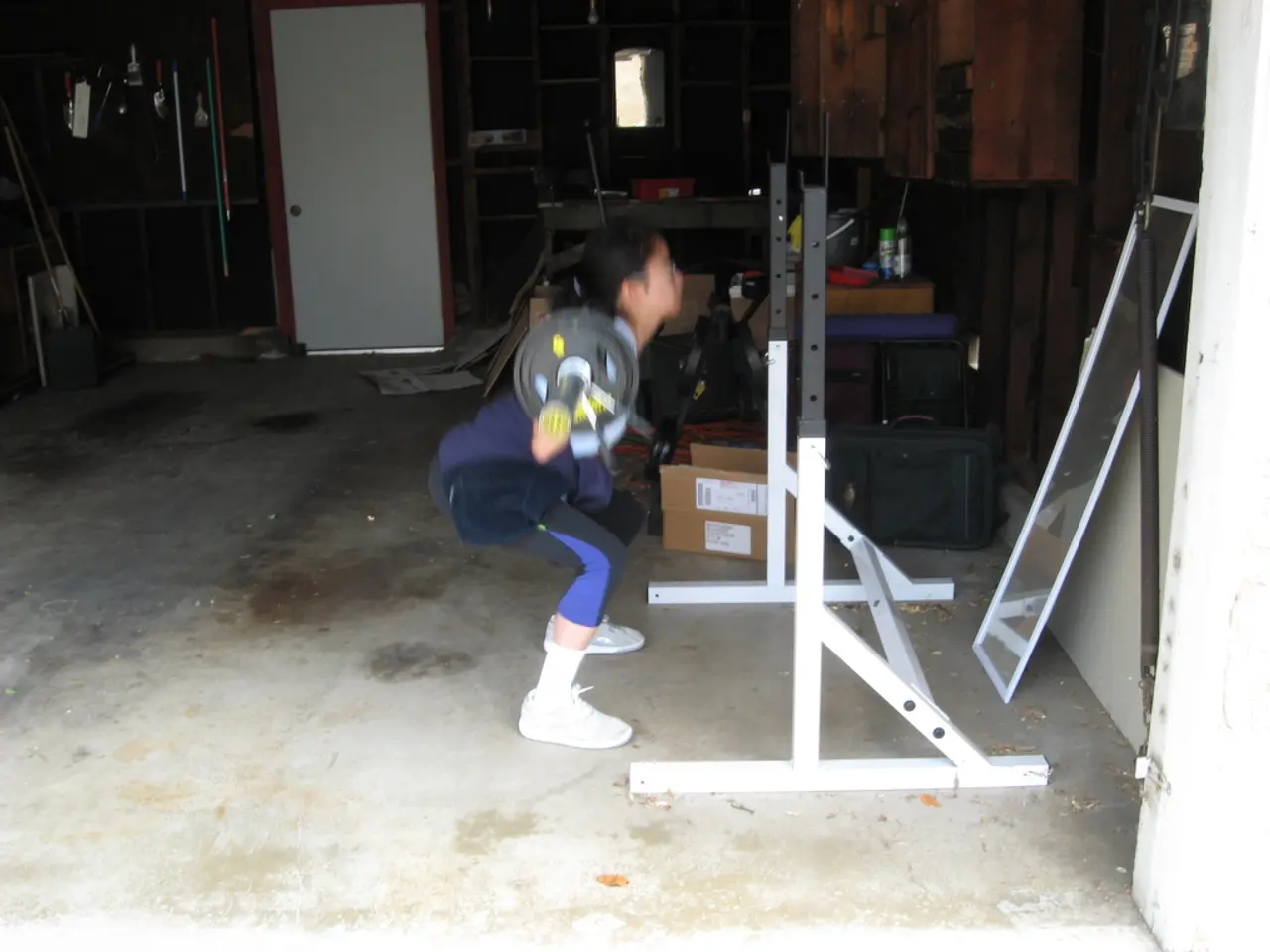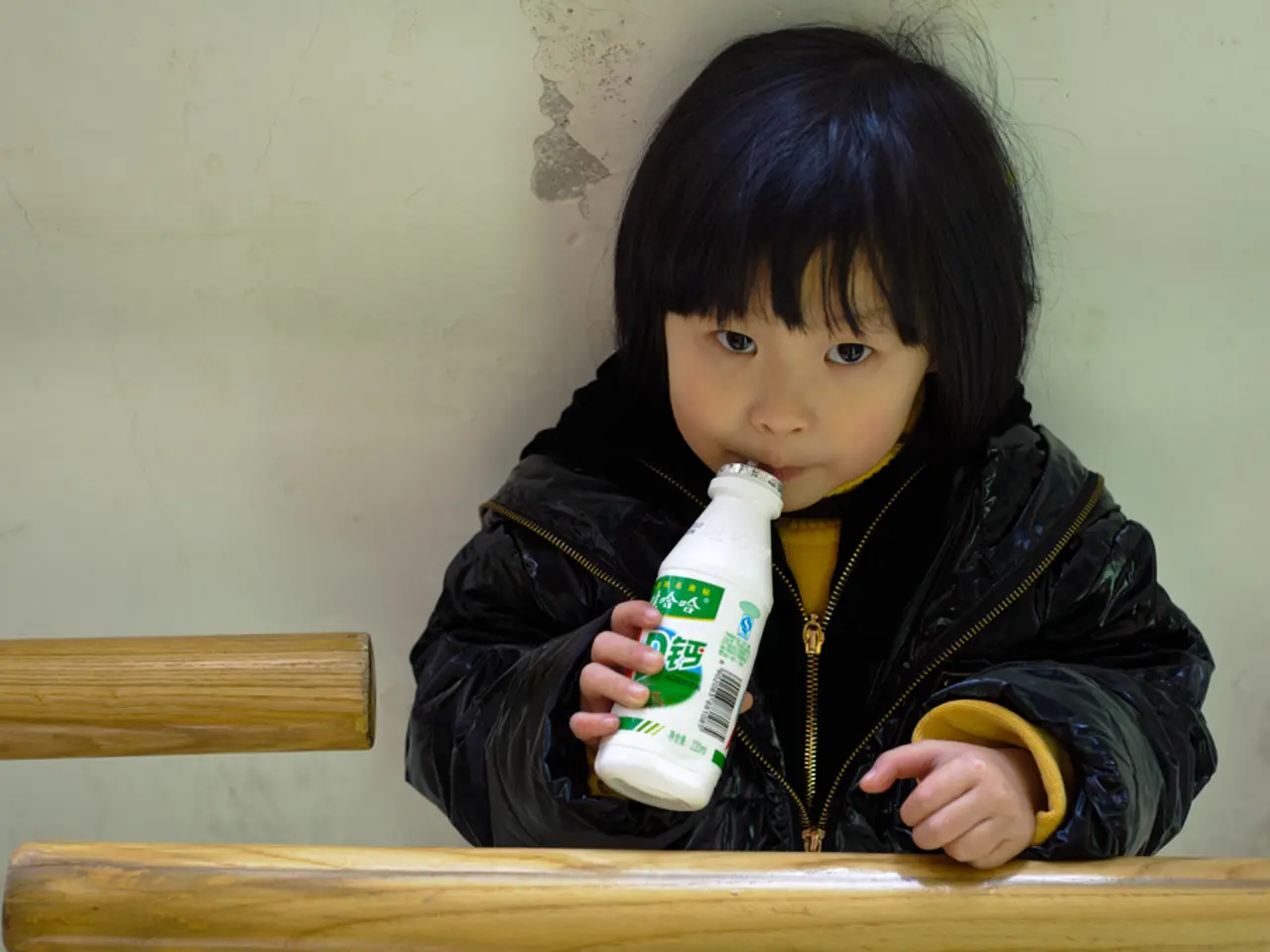Discovering the Fountain of Youth? These Scientists Believe It's Possible - Free from Cancer's Grasp
In a groundbreaking study, scientists at the University of Rochester have successfully transferred a longevity gene from naked mole rats to mice, raising hopes for potential breakthroughs in extending human lifespan and reducing cancer risk.
Led by Vera Gorbunova, a member of Wilmot's Genetics, Epigenetics and Metabolism (GEM) research program, the Rochester Aging Research Center at the UR Medical Center, and Andrei Seluanov, the team has spent decades studying the unique characteristics of naked mole rats, particularly their resistance to cancer and aging ailments.
The study, published in the prestigious journal Nature, focuses on the naked mole rat's longevity gene, associated with high molecular weight hyaluronic acid (HMW-HA) production. Previous research by the team found that naked mole rats have about 10 times the amount of HMW-HA in their bodies compared to humans and mice.
The team aimed to discover if the gene responsible for HMW-HA production could be successfully transferred from naked mole rats to mice. Through genetic engineering techniques, they were able to introduce the gene into mouse DNA, resulting in increased HMW-HA production.
The positive effects of HMW-HA, which contributes to longevity and cancer resistance in naked mole rats, were reproduced in the mice. The study found that the longevity gene transfer extends the lifespan of the recipient mammals and potentially fends off cancer.
While the concept of transferring longevity genes from naked mole rats to other species is intriguing, it remains a complex and challenging area of research. The team acknowledges that ethical concerns, the complexity of human biology, and regulatory frameworks must be addressed before such interventions can be considered safe and effective for humans.
The University of Rochester has released a press release about the study, with the team expressing their excitement about the potential implications for human health. Further research is needed to fully understand the effects of the longevity gene transfer in humans, but this study marks a significant step forward in the quest to unlock the secrets of naked mole rats' extraordinary lifespan and disease resistance.
The study conducted by Vera Gorbunova and Andrei Seluanov's team at the University of Rochester focuses on the potential impact of a longevity gene from naked mole rats on medical-conditions like cancer and health-and-wellness in humans. The successful transfer of this gene to mice in the study increased HMW-HA production, which is associated with longevity and cancer resistance in naked mole rats, suggesting a possibility of reducing cancer risk in humans as well.




